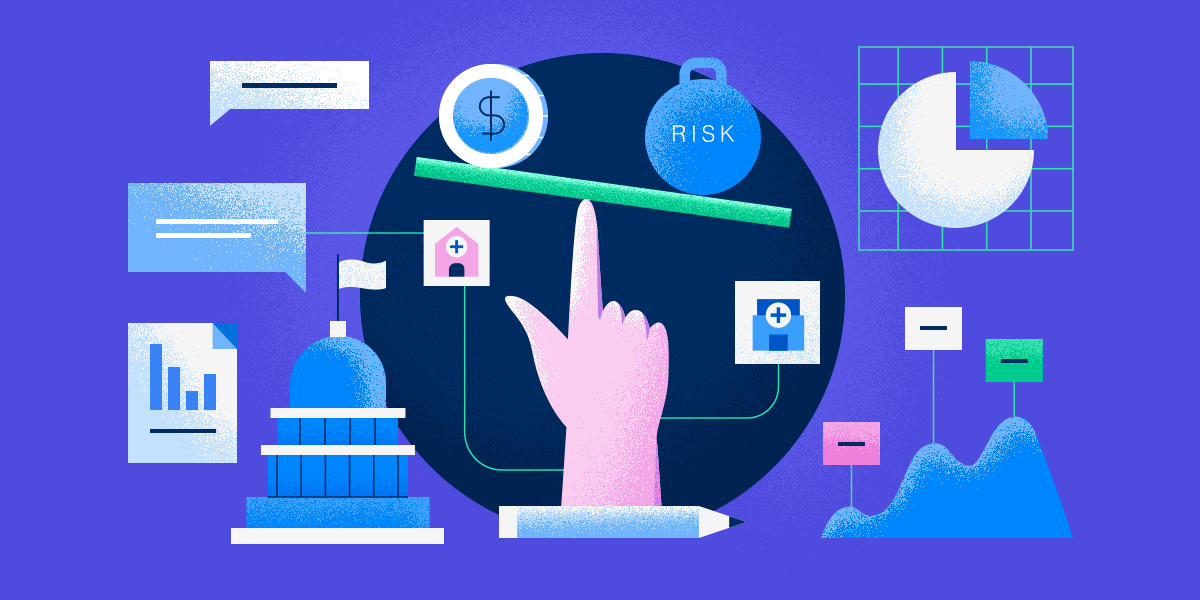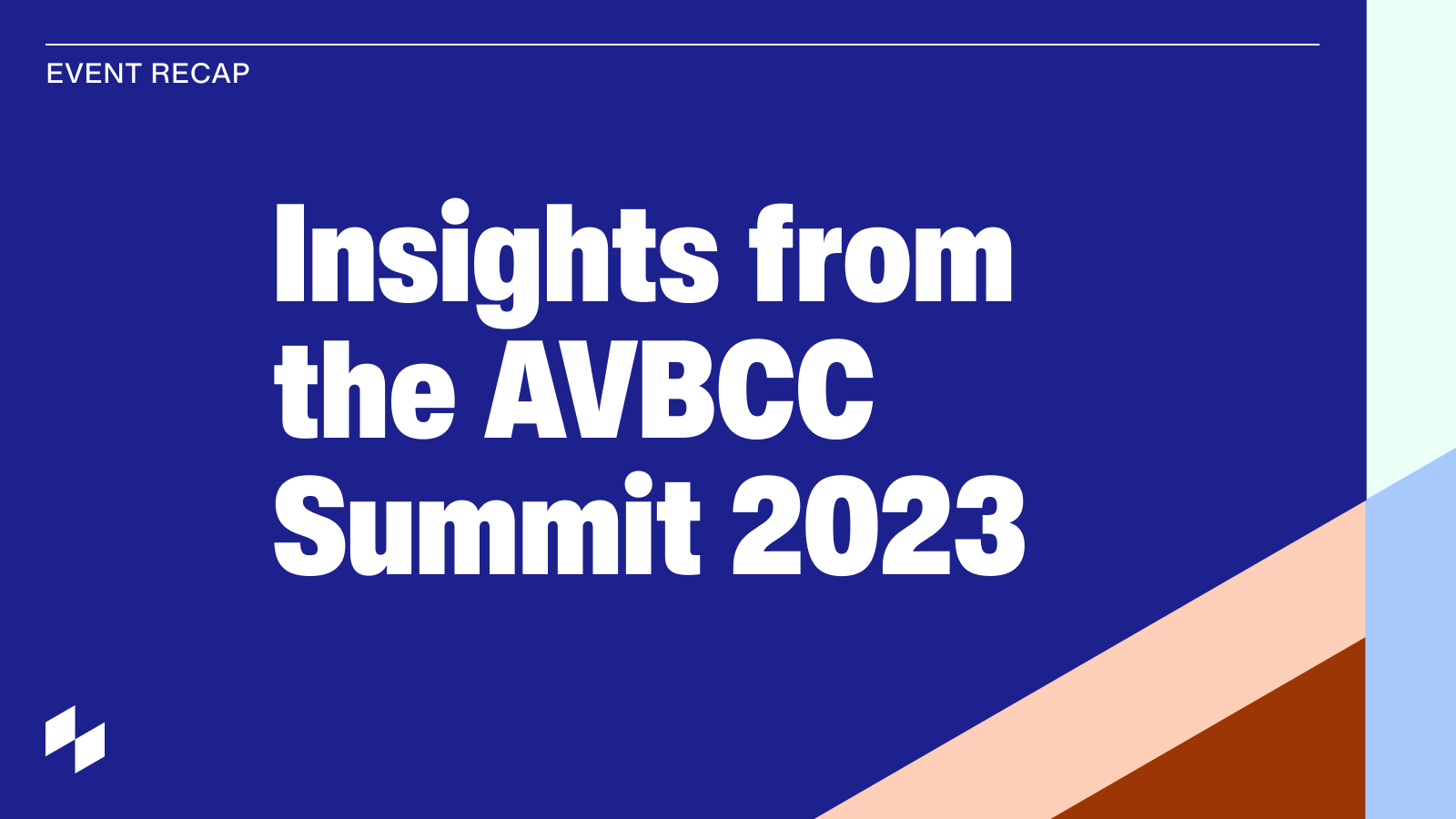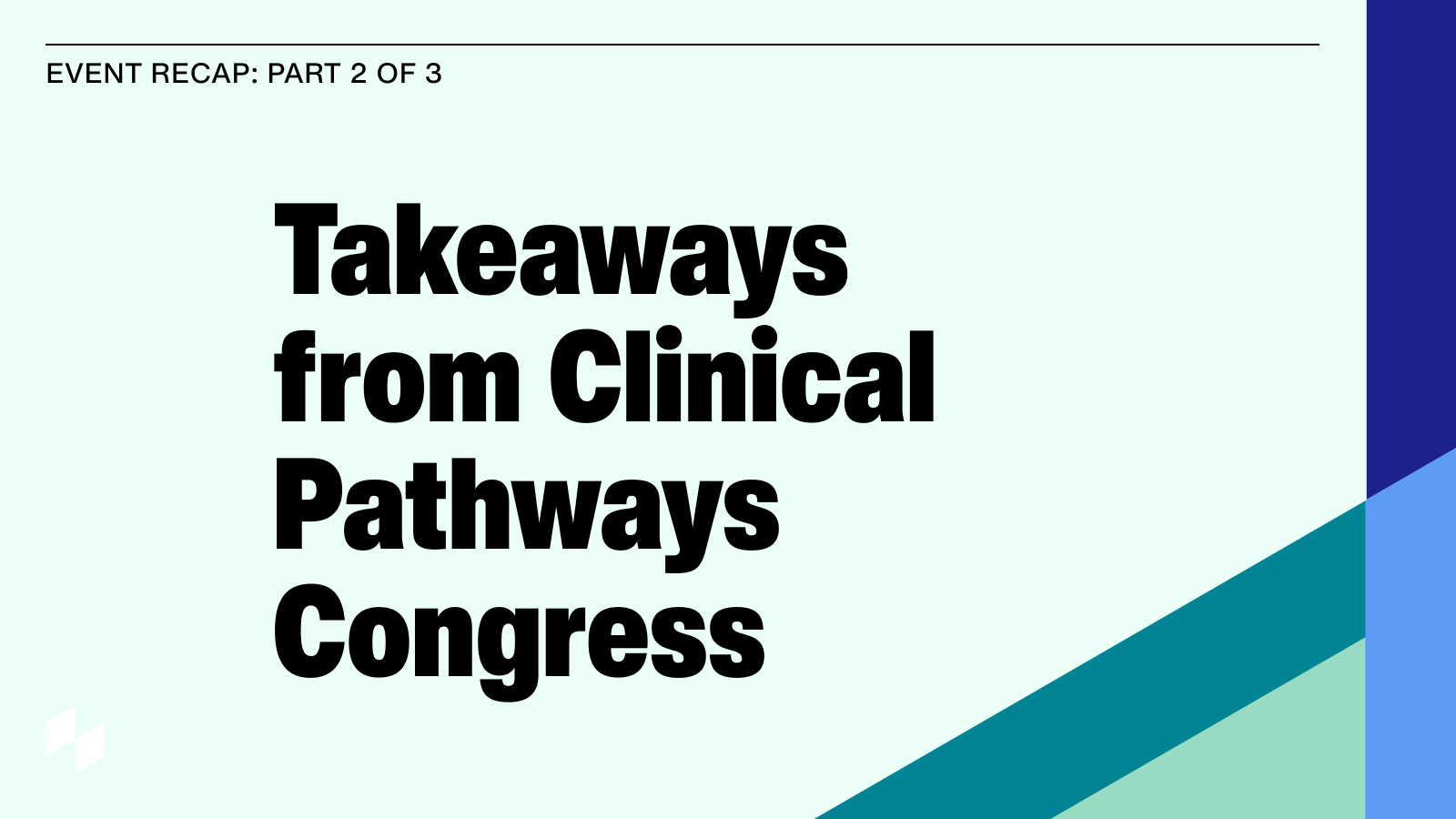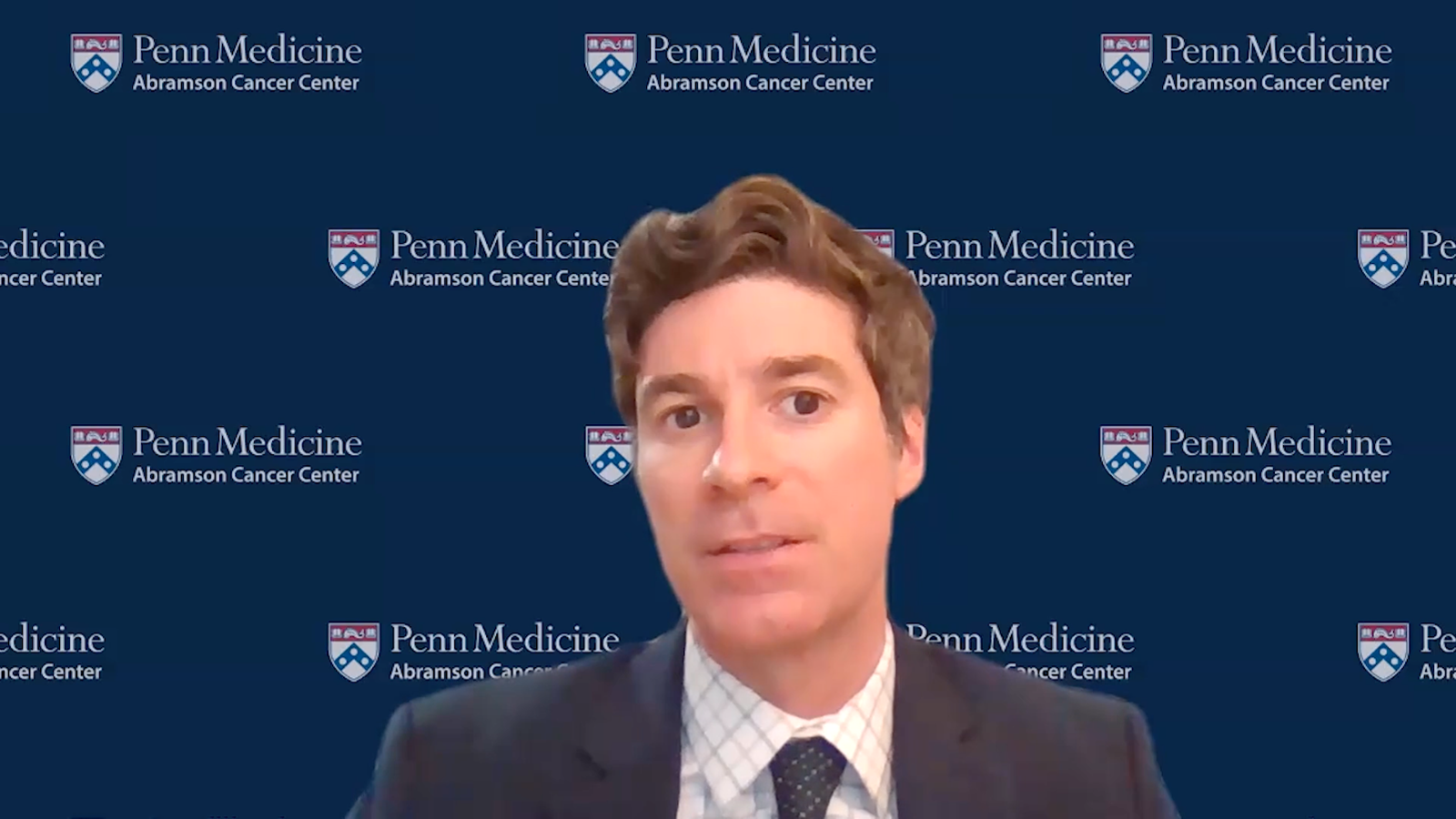Many practices are wary about the new Enhancing Oncology Model (EOM). A recent panel with industry experts discusses the top considerations and implications for practices who are evaluating EOM participation.
The Enhancing Oncology Model (EOM) is the latest evolution in Value Based Care for cancer care. It is designed to build on lessons learned from the Oncology Care Model (OCM) and is carefully architected to steer participants toward achieving CMS’s top goal: improving care for Medicare beneficiaries while reducing spending for the Medicare program.
Read the Top Four Takeaways from the Enhancing Oncology Model
Compared to its predecessor, EOM offers lower Monthly Enhanced Oncology Services (MEOS) payments for Enhanced Services while requiring practices to focus more on social determinants of health (SDOH) data and other digital activities, such as collecting electronic patient-reported outcomes. Practices will also shoulder some degree of downside financial risk throughout the five-year model, starting from day one.
To some, these features make the economic equation seem less attractive than previous models. Practices have been raising questions about whether or not it makes sense to join the voluntary model, especially after the mixed financial results of OCM.
But CMS appears to be hoping that EOM will serve as a foundation for many more models to come, pointed out panelists during a recent EOM discussion hosted by Flatiron Health.
Gaining experience now – and using this opportunity to provide actionable feedback to regulators on what works and what doesn’t – is vital for oncology practices to see success down the line.
“Risk is inevitable,” but practices still have choices and influence
With the move to value comes ever-increasing insistence from the payer community that providers shoulder more of the financial risks involved with delivering care, pointed out Alti Rahman, MHA/MBA, CSSBB, Practice Administrator at Oncology Consultants, a Texas-based community oncology practice and Flatiron customer.
Downside risk, in particular, is a powerful motivator for controlling spending. The latest value-based care models are pushing practices in this direction harder than ever before.
“In this new world, taking risk is inevitable,” Rahman stated. “The only real questions are when and how you’re going to do it. If you’re proactive about it and jump in early, you can have some more control over your own decisions instead of being told what to do. The worst situation is deciding not to participate voluntarily and then being told by a payer that this is how it’s going to go. EOM gives practices the opportunity to be part of the discussion and help shape the future, which is a good reason to consider participation.”
The right practice culture is key to succeeding in this challenging environment, he said. “The culture of the practice has to start thinking through what it means to go into risk, and that starts through the leadership, both from an administrative and clinical standpoint.”
Using active participation to influence future value-based care initiatives
Practices may be required to take on downside risk, but they don’t have to let payers call all the shots, said Ted Okon, MBA, Executive Director of the Community Oncology Alliance (COA).
“CMS is being very careful about how they set up EOM so that it furthers their ability to accelerate value-based care in general,” he explained. “If a model like this ends up saving money for Medicare, it allows the Administration to build on those payment reforms without needing Congressional approval. So, if EOM succeeds in using smaller MEOS payments and enhanced downside risk to save money, CMS is going to use this blueprint as a basis for additional payment reform.”
It might seem like CMS holds all the power in this relationship, but that is not the case, Okon continued.
“The good news is that EOM is voluntary, so participants still have some leverage with CMS to give advice and encourage changes,” he said.
“We need active participation from the oncology community to give feedback on both our positive and negative experiences. If we work with CMS collaboratively and use our influence to move value-based care in a mutually beneficial direction, we’re all going to be better off.”
This dialogue is especially important because of the voluntary nature of the model, agreed Christian Downs, JD, MHA, Executive Director of the Association of Community Cancer Centers (ACCC).
“Voluntary models are self-selecting by nature,” he said. “Initially, you’re going to have a larger number of folks who really know what they’re doing, and CMS is going to base their decision-making off of those practices instead of the entire population of oncology providers in the country.”
“The best thing we can do is to keep having discussions with CMS about how models are designed. We must advocate for ourselves and our colleagues, otherwise no one is going to reach their goals. Risk is here to stay, but we can mitigate some of the challenges by communicating openly, sharing our experiences, and participating in new models as often as possible to shape the road ahead instead of just following it.”
Watch the full panel discussion.
Thank you to our panelists, Ted Okon, MBA, Executive Director, Community Oncology Alliance, Christian G. Downs, MHA, JD, Executive Director, Association of Community Cancer Centers, and Alti Rahman, MHA, MBA, CSSBB, Practice Administrator, Oncology Consultants, for sharing their insights during this presentation.



